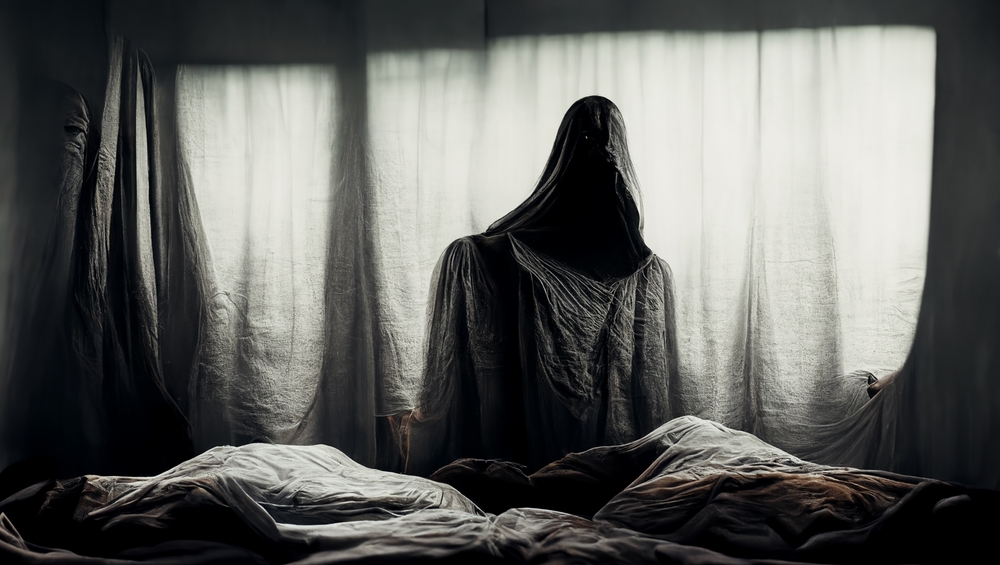Who hasn’t experienced a restless night, trapped in a terrifying dream or suddenly waking up, heart racing? Nightmares and night terrors are not just the anecdotes of a restless sleep: they reflect complex disorders, mixing psychology, biology, and sometimes environmental factors. Far from being trivial, they can turn nights into real trials, leaving both physical and mental scars. Let’s explore together what lies behind these mysterious nocturnal adventures.
Nightmares and Night Terrors: Distant Cousins?
Though often confused, nightmares and night terrors have fundamental differences. Nightmares usually occur during REM sleep, a phase when brain activity ramps up to create our dreams. They wake the sleeper, often drenched in sweat, with a vivid memory of the chills they just experienced. Night terrors, on the other hand, occur during deep non-REM sleep, mainly at the start of the night. They are marked by screaming, intense agitation, and complete amnesia upon waking, making the phenomenon both strange and alarming for loved ones.
Where Do These Unwanted Night Visits Come From?
Repetitive nightmares are often linked to stressful or traumatic events. A disagreement at work, an emotional shock, or disorders like post-traumatic stress can turn sleep into a battleground. Night terrors, however, seem to be more due to an immaturity of the central nervous system (in children) or sleep anomalies in adults, such as sleepwalking. Stress, alcohol consumption, or sleep debt exacerbate these disorders.
Real Impacts
An occasional nightmare can quickly be forgotten, but when they become chronic, the consequences mount: insomnia, persistent fatigue, and sometimes social isolation. Night terrors, although spectacular, rarely affect the sleeper directly — who has no memory of them — but deeply destabilize loved ones. Parents, in particular, can be left feeling helpless when confronted with children screaming in fear.
Solutions for Nightmares Within Reach
Fortunately, solutions do exist! For nightmares, cognitive-behavioral therapies have proven effective: they help identify underlying causes and manage associated anxiety. The technique of Mental Imagery Rehearsal (Image Rehearsal Therapy) involves rewriting dreams with a “happy” version before falling asleep. For night terrors, the approach differs: it focuses on restoring restorative sleep by limiting stimuli before bedtime and, in some cases, consulting a sleep specialist.
Tips for a Peaceful Night
- Create a calming routine: soft music, dim lighting, and time away from screens.
- Manage stress: yoga, meditation, or simply a nice warm bath.
- Avoid certain foods or substances: caffeine, alcohol, or rich meals before bed.
- Monitor your sleep: keeping a dream journal can help identify recurring patterns or triggers.
When to Consult?
If nightmares are severely affecting your life or if night terrors are becoming frequent, it’s time to seek help. Underlying issues, such as sleep apnea or psychological disorders, might be at play. A proper treatment plan can prevent these terrifying nights from becoming part of your daily routine.\
Sources:


